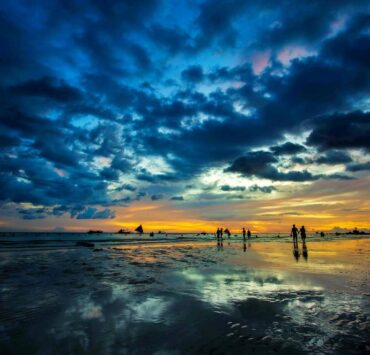Pangasinan mountains rise from logging scars
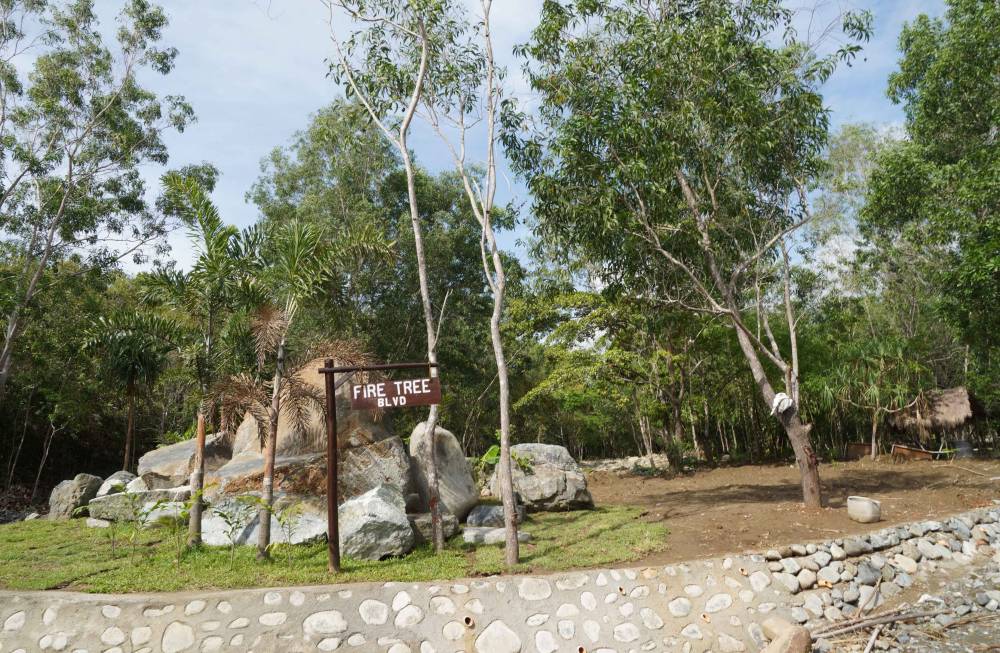
BUGALLON, PANGASINAN—As retired Police Col. Paterno Orduna gazed over the rugged landscape of the mountain ranges spanning the borders of Zambales and Pangasinan provinces, a wave of nostalgia hit him.
The once-dense forests that provided him refuge as a student activist during the early 1970s were now a shadow of their former glory. “These mountains used to be thickly forested with ancient native trees with hefty trunks,” reminisced the 75-year-old Orduna, his voice giving a hint of sorrow.Back in the day, those towering trees provided not just physical cover but a sense of safety during his time as an organizer for the Kabataang Makabayan and when he was forced to go underground due to his links to the communist movement.
But now, as he stood on a clearing in this western Pangasinan town, the changes were stark: the lush forests had given way to a sparse growth of second-generation, mostly exotic trees, with thick underbrush filling the gaps.
“Inubos ng loggers ang mga puno (Loggers wiped out the trees),” Orduna lamented during a recent interview with the Inquirer, still shocked by the transformation he witnessed in recent years.
The vibrant green canopy of his youth had faded, leaving behind a landscape that barely resembled the refuge it once was.
Though tree-planting activities had taken place in the area, Orduna noted that many were more for show than substance.“The saplings don’t really thrive. Most of the trees here owe their existence to birds, which drop seeds,” he said.
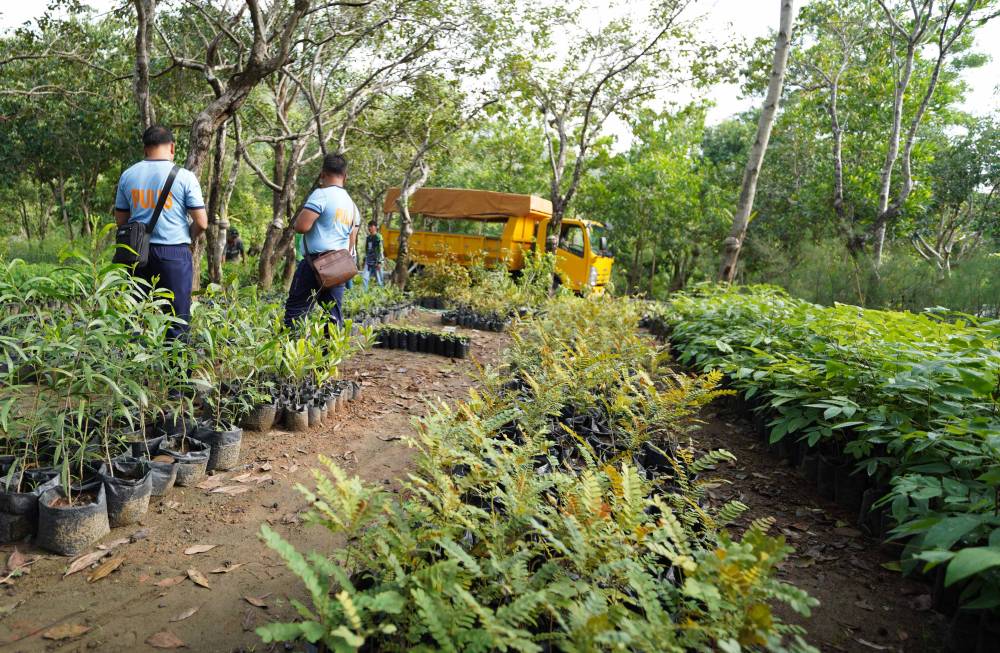
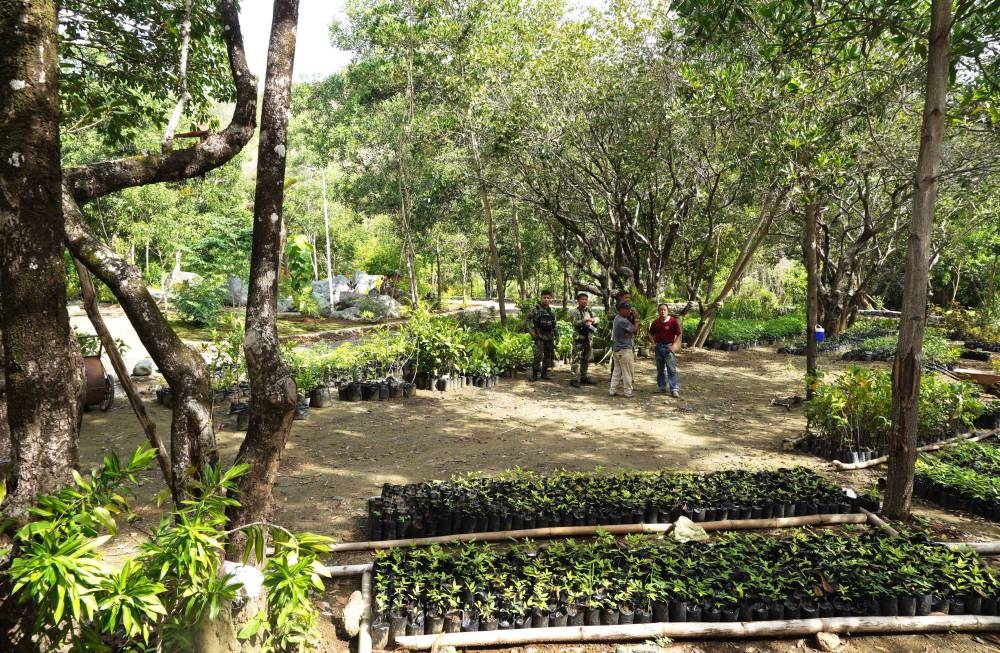
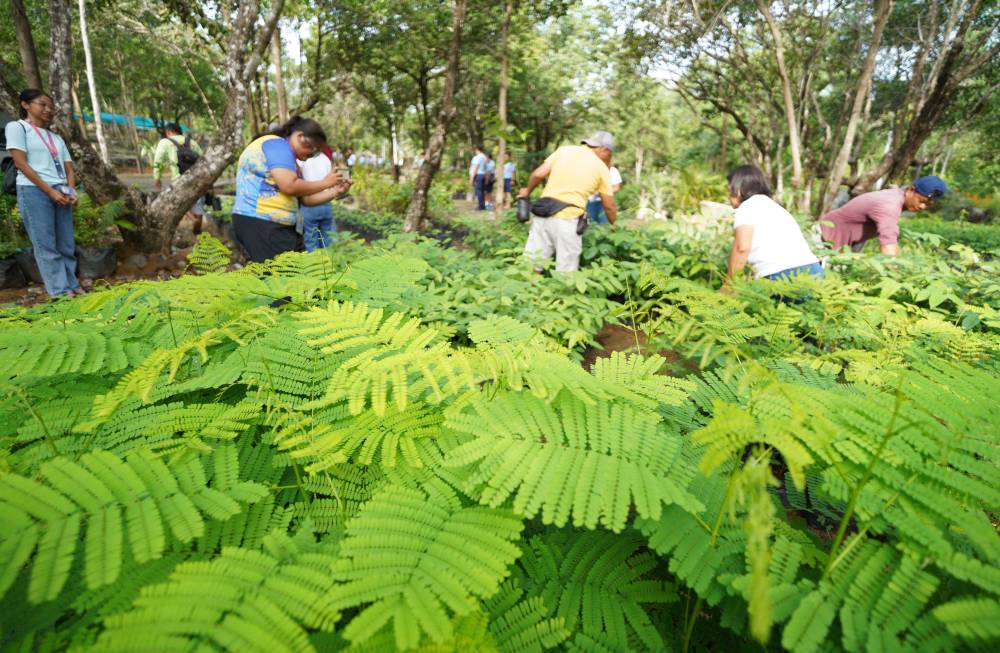
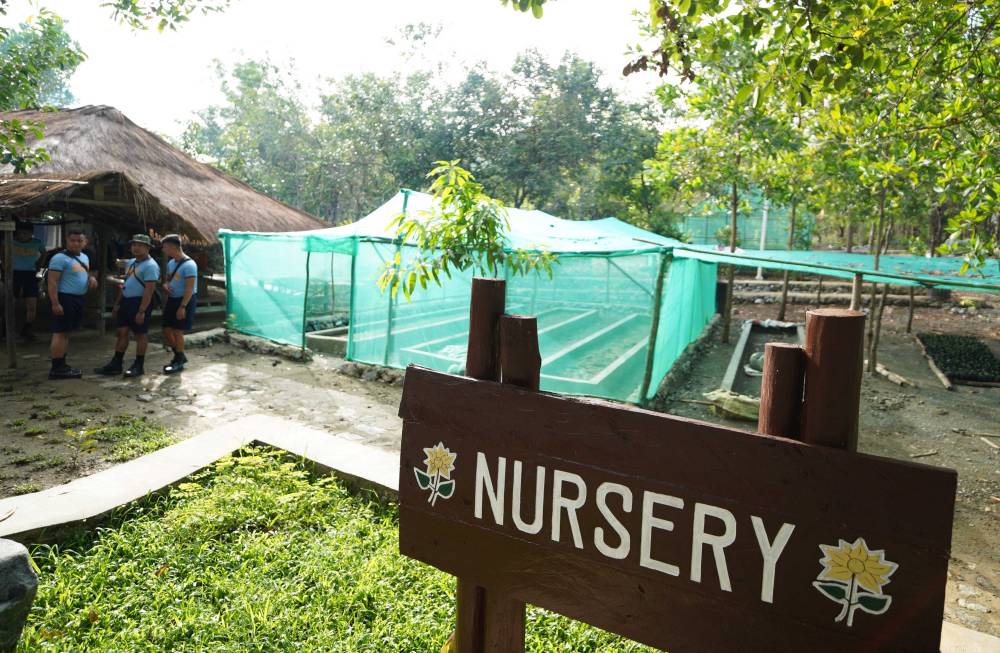
Renewed purpose
However, the 20-hectare property owned by the Pangasinan government is now being given a renewed purpose.
More than a reforestation project, the land is being transformed into an eco-park, with native trees being replanted across its expanse.
Gov. Ramon Guico III has tasked Orduna with overseeing the development, which began in August 2023.
“Pangasinan Eco Park is part of our Green Canopy Project, which aims to plant a million trees throughout the province. We want to create a greener Pangasinan as our small contribution to combating climate change. Further, through this project, we are planting the seed of volunteerism among Pangasinenses,” said Guico in a separate interview.So far, the Green Canopy Project has planted 200,000 trees in different towns in the province.
Orduna has welcomed groups interested in contributing to the reforestation efforts at the eco-park. Recently, members of the media visited the site to plant 500 narra seedlings donated by the San Roque Power Corp.
‘Purest form’
While the eco-park is open to the public, it currently has no facilities—offering visitors a chance to experience nature in its “purest form.”
The park will also showcase the natural beauty of Pangasinan’s mountainous landscapes, a province better known for its stunning beaches.
When Orduna learned about the development of an earth dam near the area, he envisioned a transformative project that would turn the wild terrain into an eco-park.
Situated just about a kilometer from the Dumuloc earth dam, the provincial government property in Barangay Cayanga, atop a mountain in the town, was the perfect candidate.
“The National Irrigation Administration is paving mountain roads up to the dam, making the eco-park easily accessible to tourists and visitors,” Orduna shared.
He sees the park as a place where children could reconnect with nature, something he believes is sorely needed in a time when technology dominates young people’s lives.
“Many young people are no longer attuned with nature,” Orduna lamented.
“Even schools often choose [shopping] malls for field trips, which doesn’t foster a love for the environment. The eco-park could become a prime destination for educational tours and a place where the elderly can stroll under the trees,” he said.
Buffer
Nestled between taller mountains, the site is naturally shielded from typhoons. Two pristine rivers flow on either side, providing water needed for growing vegetables, ornamental plants and trees.
The area also has several springs, one of which has been tested and confirmed to have potable water. Near one spring, a fishpond and a natural swimming pool are being constructed, while another spring at a higher elevation could potentially supply water to the entire eco-park.
Currently, the groundwork, including the paving of a road network around the area, is nearly 70 percent complete.
“We’re not [building concrete] roads, just paving them with pebbles to maintain the mountain’s rustic feel,” Orduna said.Additionally, a bypass road is being built along the Domuloc River, which will be known as “Fire Tree Boulevard” after the hundreds of fire trees planted along it.
Agoho trees have been planted along the riverbank to nurture a watershed.
The eco-park is being developed with multiple features: sections for vegetable and ornamental plant gardens, an orchard and a nursery for native, fruit and ornamental trees.
So far, more than 10,000 seedlings have been planted in the eco-park, including fruit trees like mango, lychee and mangosteen, as well as flowering trees such as Palawan cherry, fire tree, caballero and golden shower.
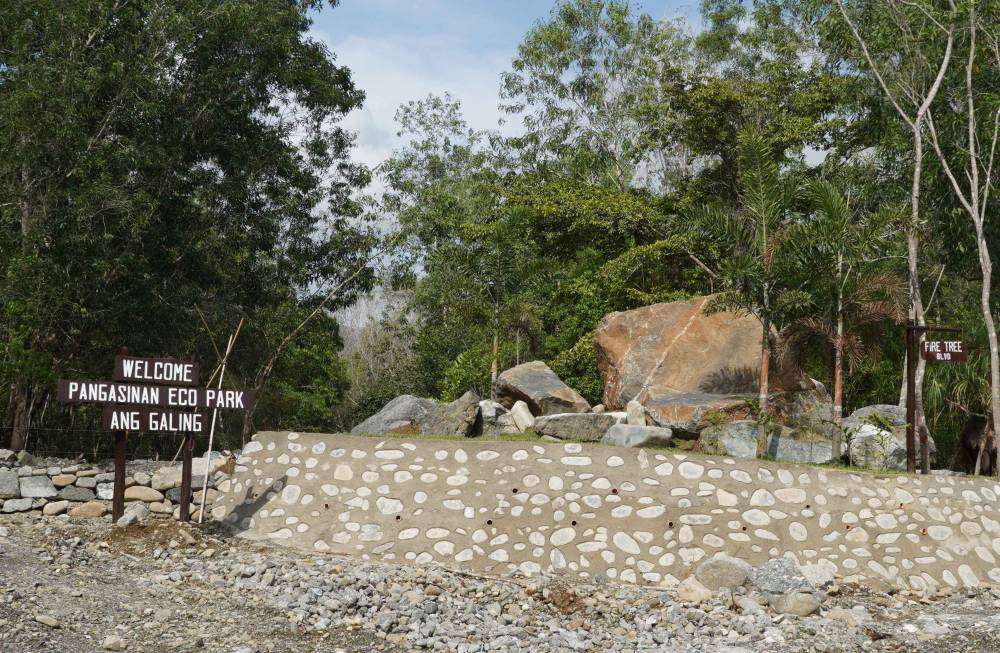
Campsite, picnic grove
A campsite for children and a picnic grove are also being planned as part of the eco-park’s development.
Orduna believed that the eco-park has immense potential, envisioning future additions like function halls, cottages, an adventure park and even cable cars.
The project not only aims to create a recreational haven but also to generate income for the local community.
Guico noted that the workforce for the eco-park’s development primarily consists of residents participating in the Department of Social Welfare and Development’s cash-for-work program. The provincial government has also assigned personnel to support the project.
“Looking ahead, the eco-park will generate income for the community, as they will be responsible for maintaining the park while also being encouraged to plant high-value crops,” Guico said. INQ














